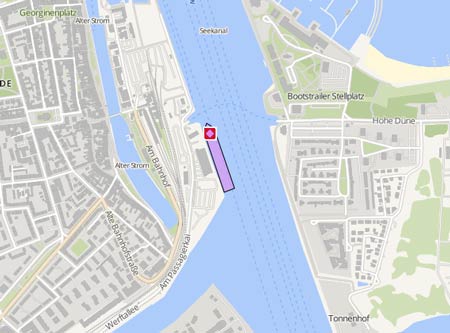OCEAN INTERVENTION
Course/Position
Latest ports
Latest Waypoints
Latest news
Report: Diesel generator engine failure cause of fire near Honolulu
The National Transportation Safety Board on Dec 2, 2021, has issued the Marine Accident Brief 21/26, detailing its investigation of the diesel generator engine failure and subsequent fire aboard the 'Ocean Intervention' on Dec. 19, 2020, near Honolulu. No pollution or injuries to the 16 crew members were reported in connection with the mechanical failure, which resulted in a fire in the engine room. The crew isolated the fire before it could spread throughout the vessel. Damage to the vessel totaled over $3 million. While at anchorage, the crew had been troubleshooting speed variation issues related to the number 1 and number 3 diesel generator engines, which involved replacement and calibration of several electrical components and multiple engine restarts. When later carrying the vessel’s electrical load, the number 3 diesel generator suffered catastrophic mechanical failure. This resulted in cylinder number 1’s connecting rod being ejected through the engine crankcase while running at rated speed. The ejection of the connecting rod allowed atomized oil to be released from the engine and ignite, starting a fire in the engine room. The crew’s quick and effective actions to prevent the spread of the fire resulted in the fire extinguishing itself without putting crewmembers at risk. The NTSB determined the probable cause of the diesel generator engine failure was a cylinder’s connecting rod bearing adhering to the crankshaft, which led to the ejection of the connecting rod and catastrophic damage to the engine. Vessel crews should familiarize themselves and train frequently on machinery, fuel oil, lube oil, and ventilation shutoff systems to quickly act to contain and suppress engine room fires before they can spread to other spaces and/or cause a loss of propulsion and electrical power. Full report: https://www.ntsb.gov/investigations/AccidentReports/Reports/MAB2126.pdf
Upload News

